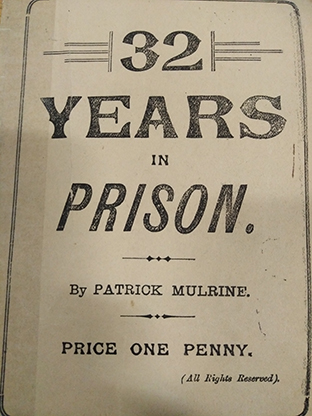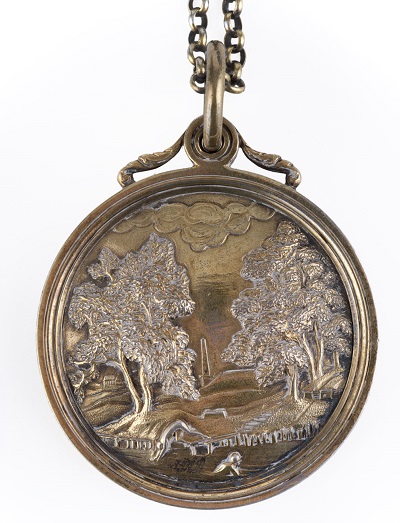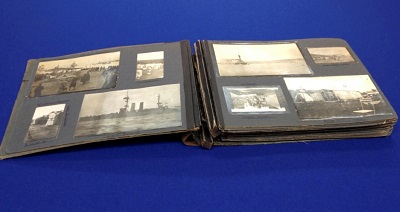Toolkits
In this section you will find examples of different types of archival documents chosen by members of the Research Network. Each image is accompanied by a short description and guidance on how to use this type of document in your research.
Document title: '32 Years in jail' in the Hibernian Society Collection by Patrick Mulrine
Archive reference: Glasgow City Archives, TD200/147
Description: Patrick Mulrine was born in 1851 in the Briggait, Glasgow. He was sent to prison for many crimes. At the beginning of his criminal career he was incarcerated for theft. This quickly escalated into more serious crimes such as garrotting, shop breaking and crimes of a violent nature. He argues throughout the text that being imprisoned led him to acquire more skills and knowledge in crime.
This booklet was originally used as a medium of conversion, to promote a life away from crime. It also speaks of the harsh realities faced by criminals at the time. Examples that Patrick Mulrine gives highlight the environment that prisoners were exposed to: sharing a cell with a hardened criminal, watching a fellow convict being hung, police beatings and being forced to wear a straightjacket to his own court hearing, are just some of the experiences that he writes about. It can therefore be used for research purposes in respect of the lives of convicts in the nineteenth century. Additionally, since Patrick’s parents were of Irish descent it can be used to investigate the history of the Irish diaspora in Glasgow within this period as well as religious historical history within Glasgow in the nineteenth century.
Kelly Ann Cecillia McGhee
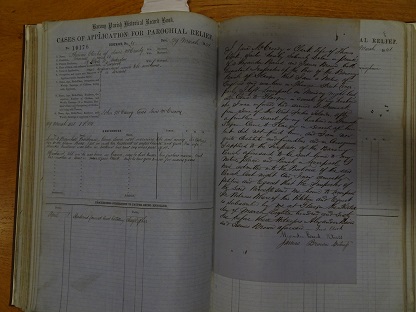
© Glasgow City Archives. Read the typescript for the image
Document title: Application for Parochial Relief, Barony Parish, 29th March 1861
Archive reference: Glasgow City Archives, D-HEW 14/11/1 Application No. 10176
Description: Following the Scottish Poor Law (Amendment) Act of 1845, the poor could apply to their parish parochial board for relief, which was only provided to the elderly, infirm, sick and destitute with no provision for the unemployed.
This image shows an application by ‘Thomas Clarks wife Jane McCready’, a heavily pregnant young woman of 28 years, who had travelled from Liverpool to find her sailor husband, due to arrive in Greenock from the West India Islands. After a ‘fruitless search’, Jane became ‘destitute and friendless’ and wanted to be sent back to Liverpool. She spent one night in the Barony Parish Poorhouse at Barnhill and the next day as the poor law inspector was taking her to the steamboat she was unexpectedly reunited with her husband.
The poor law records provide fascinating insights into the lives of the poor and can be used by academics and family and local historians.
Ruth Washbrook
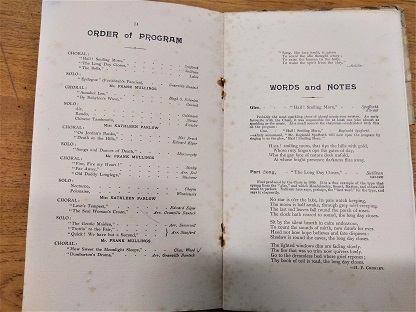
© Glasgow City Archives. Read the programme in the image.
Document title: Concert Programme for the Orpheus Choir’s 10th Anniversary Concert, 23 March 1915
Archive reference: Glasgow City Archives, TD1813/4/2/3
Description: The Orpheus Choir, conducted by Hugh Roberton was a popular institution throughout the first half of the twentieth century. This commemorative programme is a souvenir of a happy occasion, despite its wartime date.
Roberton’s musical programming is eclectic and broad-minded. He was a pacifist, and included popular British pieces by Elgar and Stanford and work by a living German composer, Max Bruch. This was a brave choice as German music was not welcomed by everyone during the First World War. Roberton also programmed work by a female composer, Clara Macirone.
The programme includes the names of all its members and celebrates those on active service, so is of interest to family historians. It is a window into the collective musical culture of 1915, and gives researchers of the history of ideas an insight into the presence of radical concepts in Glasgow towards the start of the First World War.
Ashley Holdsworth Quinn
Artefact: Professor of Swimming’s medal
Reference: Glasgow Museums’ accession number 1876.167.[1]
Description: A silver-gilt medal and chain made in 1837 and worn by the 'Professor of Swimming' of the Bridgegate 12th March United Club. The obverse depicts Glasgow Green and swimmers in the River Clyde, the reverse depicts the Trongate. The Club met once a year to commemorate the floods of the 12th March 1782 which engulfed the Bridgegate. In 1829 they hired a Professor of Swimming to teach members how to swim, in case of further floods. Classes took place at Dominie’s Hole on the River Clyde, as shown on the medal.
Glasgow City Archives holds the Club’s minute book (TD373 1824-53), and the two items can be used to investigate themes such as the history of swimming, sport activities and infrastructure along the River Clyde, men’s clubs in Georgian Glasgow, floods and flood defences on the River Clyde or the history of Glasgow Green.
Isobel McDonald
Document title: The Literary Bond of Free Anderston Church Young Men’s Mutual Improvement Society [later The Literary Magazine]
Archive reference: The Literary Bond of Free Anderston Church Young Men’s Mutual Improvement Society, Vol. 2, September 1862 (©CSG CIC Glasgow Museums and Libraries Collection: The Mitchell Library, Special Collections, Mitchell (AL) 891310-11)
Description: During the nineteenth and early twentieth centuries, thousands of people internationally formed groups to educate themselves, discuss and debate current events, and talk about books and reading. Collectively, they were known as mutual improvement societies.
This is the cover of a manuscript magazine produced by one Glaswegian group. Written by and for their members – with original stories, non-fiction articles, poetry, artwork (as this cover shows), and music – it was seen to be an important part of the ‘improving’ process.
Some groups include a list of members and/or ‘readers’ inside their magazines. Used alongside other records like society minute books or membership records, these interesting and entertaining magazines can be used in research on family history, and academic studies on periodicals, voluntary associations, reading practices, and responses to increased literacy and availability of reading materials during the nineteenth century.
For more information, see the Glasgow’s Literary Bonds and Literary Bonds websites.
Lauren Weiss

© Glasgow City Archives. Read the detail in the image.
Document title: First Planning Report to the Highways and Planning Committee of the Corporation of Glasgow by Robert Bruce, 1945
Archive reference: Glasgow City Archives, D-AP1/1/1
Description: This image comes from a radical plan to improve conditions in Glasgow and transform it into a “healthy and beautiful city” over a period of fifty years. It was created in the aftermath of the Second World War to tackle many of the issues that Glasgow faced and is part of the records of the Corporation’s Architecture and Civic Design Department.
The plan covers five key areas: transport, housing, industry, open spaces and the redevelopment of blighted areas. It contains a series of detailed drawings and reports on how to improve each, and is idealistic and aspirational in tone and content.
The report is also interesting because it wasn’t adopted in its entirety. It’s a good reminder that we can’t assume that everything we find in an archive is evidence of something that actually happened. It needs to be viewed in context, alongside later plans also produced by the Corporation.
Michael Gallagher
Document title: Nurse Annie Allan’s Photograph Album (Image with permission of Royal College of Physicians and Surgeons of Glasgow).
Description: The images in this album inspired us to research the Girton and Newnham Unit of the Scottish Women’s Hospitals (SWH) during the first World War. Annie Allan, was born in Airdrie and trained as a nurse in Camelon Fever Hospital, Falkirk. She later worked at Govan Cottage Hospital before joining the Girton and Newnham Unit in 1915. She travelled to Salonica (now Thessaloniki) where, after a short spell in Serbia, the Unit’s tented hospital was based until the end of the war. The photographs from Annie Allan’s time in Salonica depict the hospital and staff. We have discovered more about the unit’s doctors and nurses, and their achievements, by exploring the SWH archive held in Glasgow City Archives. Our research has also taken us to Troyes in France, where the Unit was first established, and to Thessaloniki.
Dr Elaine Morrison
Carol Parry
